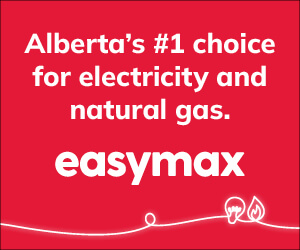Don’t be afraid of fat! Say it with me: don’t be afraid of fat! Are you convinced yet? No, not yet? If not, you need to read this article to understand the role of fat in our diets so you can stop being afraid.
I started working with a new client this week. After a quick review of her current diet, fridge and pantry, it was quite apparent she is afraid of fat. Why? She understands fat to be what sticks on our hips and around our mid-section. She sees fat as the extra weight that we all work so hard to get rid of. Why not save the work of losing the fat by just consuming food that contains no fat? Right? A big fat resounding NO!
Our bodies need fat: a macronutirent (macro meaning a lot), for survival.
Fat supplies us with energy. The more energy we use on a regular basis means the less energy that we need to store in fat cells and on the body.
Approximately two-thirds of our brain is made up of fat. We nee the fatty acids derived from fats for the ability to think and feel. That is kind of a big deal if you ask me.
Fat on the body acts as an insulation blanket: I know, a sweater does the same thing and just like you I would prefer a sweater to keep me warm than too much fat. This insulation blanket also acts a shock absorber that protects our vital organs from impact, a sweater or blanket can’t help with that!
Think about vitamins. Fat soluble vitamins, Vitamin A, D, E and K all require fat to dissolve and nourish your body. Without a little bit of fat our body would not be able to absorb these vitamins that help keep our body healthy.
Do you find you still feel hungry after some meals? Chances are your meal didn’t contain enough fat. Fats help you feel full. They have 9 calories per gram, compared to 4 calories per gram of protein or carbohydrate and will give you a feeling of satiety for hours.
Now that we understand the importance of fats, let’s make sure we are consuming the right ones!
There are four main types of fats. We have healthy fats: monounsaturated fats and ployunsaturated fats. And we have our unhealthy fats: saturated and trans fats.
Monounsaturated fats – The main unsaturated fats are monounsaturated, found particularly in foods such as olive oil, rapeseed oil, nuts, seeds and avocados. These are one of those fats that we need in our diets.
Polyunsaturated fats are mostly found in plant foods such as nuts, seeds and vegetable oils, and some fish. There are two main classes of polyunsaturated fatty acids: omega-3 and omega-6. These include the essential fatty acids, necessary for healthy but the body can’t produce them. Essential fatty acids must come from our diet.
Saturated fats are found mostly in animal products such as meat, cheese, milk, butter, cream and eggs. Wait, I am not telling you that you need to stop eating meat and cheeses and all that tastiness that makes food worth eating, saturated fats need to be consumed in moderation.
Remember I said moderation, not elimination. Fat free, or low fat products remove the fat and replace it with other chemicals (usually man-made) so the product still tastes like it’s full-fat counterpart. Choose the real deal with all its’ fat and consume it in moderation.
Trans fats can be natural or artificial. Most trans fats are artificial (read hydrogenation) and are found in fast foods, fried foods and commercially baked products such as cookies. These are the most unhealthy fats and should be avoided. Natural trans fats can be found in small amounts in milk and beef, and in quite large concentration in cheese and should only be consumed in limited amounts.
While we may have goals to reduce the amount of fat on our bodies, robbing our bodies of essential nutrients is not the way to lose weight or get healthy. A well balance diet is fundamental to a healthy body. Stop being so afraid and give your body what it needs.
I must give credit where it is due. I had some help with this article from the following sources: http://umm.edu http://www.healthcheck.org





